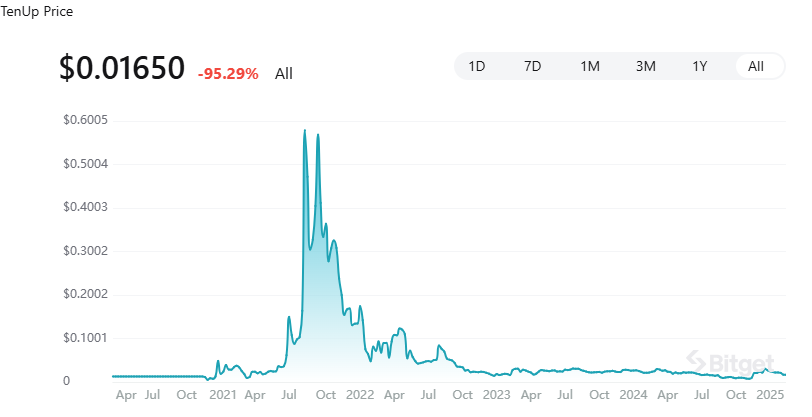Tenup Coin (TUP) moves quickly towards highly valuable digital status as the cryptocurrency market evolves. The combination of blockchain innovation with eco-friendliness combined with its real-world useable features guided Tenup Coin to becoming an explosive project beyond typical digital tokens. The cryptocurrency market demonstrates how Tenup Coin (TUP) will evolve as an investment opportunity. This article investigates Tenup Coin‘s projected values while showcasing its distinctive features and expert opinions identifying TUP as the successor to Solana.
Tenup Coin Price Prediction: Short-Term vs Long-Term Outlook
While no one can predict crypto prices with absolute certainty, Tenup Coin’s price trajectory is fueled by tangible factors:
2024–2025 (Short-Term)
- Bull Case: With upcoming partnerships and exchange listings, TUP could surge to 2.50–2.50–3.50 if Bitcoin remains stable and adoption accelerates.
- Bear Case: Regulatory hurdles or market downturns might limit growth, holding prices between 0.80–0.80–1.20.
2026–2030 (Long-Term)
- If Tenup Coin’s ecosystem expands into DeFi, NFTs, and cross-chain interoperability, prices could reach 8–8–12 by 2030. Analysts compare this growth to Ethereum’s early days.

Key Drivers for Price Growth:
- Adoption Rate: Integration with payment gateways and dApps.
- Market Sentiment: Crypto bull runs often lift undervalued coins.
- Tech Upgrades: Scalability improvements and energy efficiency.
What Is Tenup Coin?
Tenup Coin is a decentralized, energy-efficient cryptocurrency built on a hybrid blockchain (PoS/PoW). It solves critical issues like slow transactions and high fees, positioning itself as a scalable alternative to Ethereum.
Why Tenup Coin’s Technology Supports Its Price Potential
- Speed: 5,000+ transactions per second (TPS) vs. Bitcoin’s 7 TPS.
- Low Fees: Average transaction cost under $0.01.
- Sustainability: 90% lower energy use than Bitcoin.
These features make TUP ideal for mass adoption, directly influencing its long-term price potential.
Competitive Edge Against Rivals
Tenup Coin isn’t just competing with meme coins—it’s targeting giants like Cardano and Polkadot. Here’s how:
- Hybrid Consensus: Balances security (PoW) and efficiency (PoS).
- Developer-Friendly: Open-source tools for dApp creation.
- Tokenomics: Fixed supply of 100 million coins, reducing inflation risks.
Risks That Could Impact Tenup Coin’s Price
- Regulatory Changes: Government crackdowns on crypto.
- Market Volatility: Bitcoin’s price swings often affect altcoins.
- Competition: Rivals like Solana or Avalanche are improving scalability.
How to Buy and Track Tenup Coin’s Price
- Exchanges: Purchase TUP on Binance, KuCoin, or decentralized platforms like Uniswap.
- Track Price: Use tools like CoinGecko, CoinMarketCap, or Tenup’s official dashboard.
- Hold or Stake: Store in a hardware wallet (e.g., Ledger) or stake for 8–12% annual rewards.

Conclusion: Is Tenup Coin a Good Investment?
The unique combination of speed, sustainability, and actual use cases in operation positions Tenup Coin to stand out from other competitors in the crypto market. Price volatility in the short term exists but the future performance appears positive for the project particularly because it might secure only 1% of DeFi and NFT markets. Those investors who look beyond high-risk opportunities can expect Tenup Coin to generate 10x–20x returns before 2030.
Investors must spread their assets while following Tenup’s development plan while staying within the boundaries of surviving financial losses.






